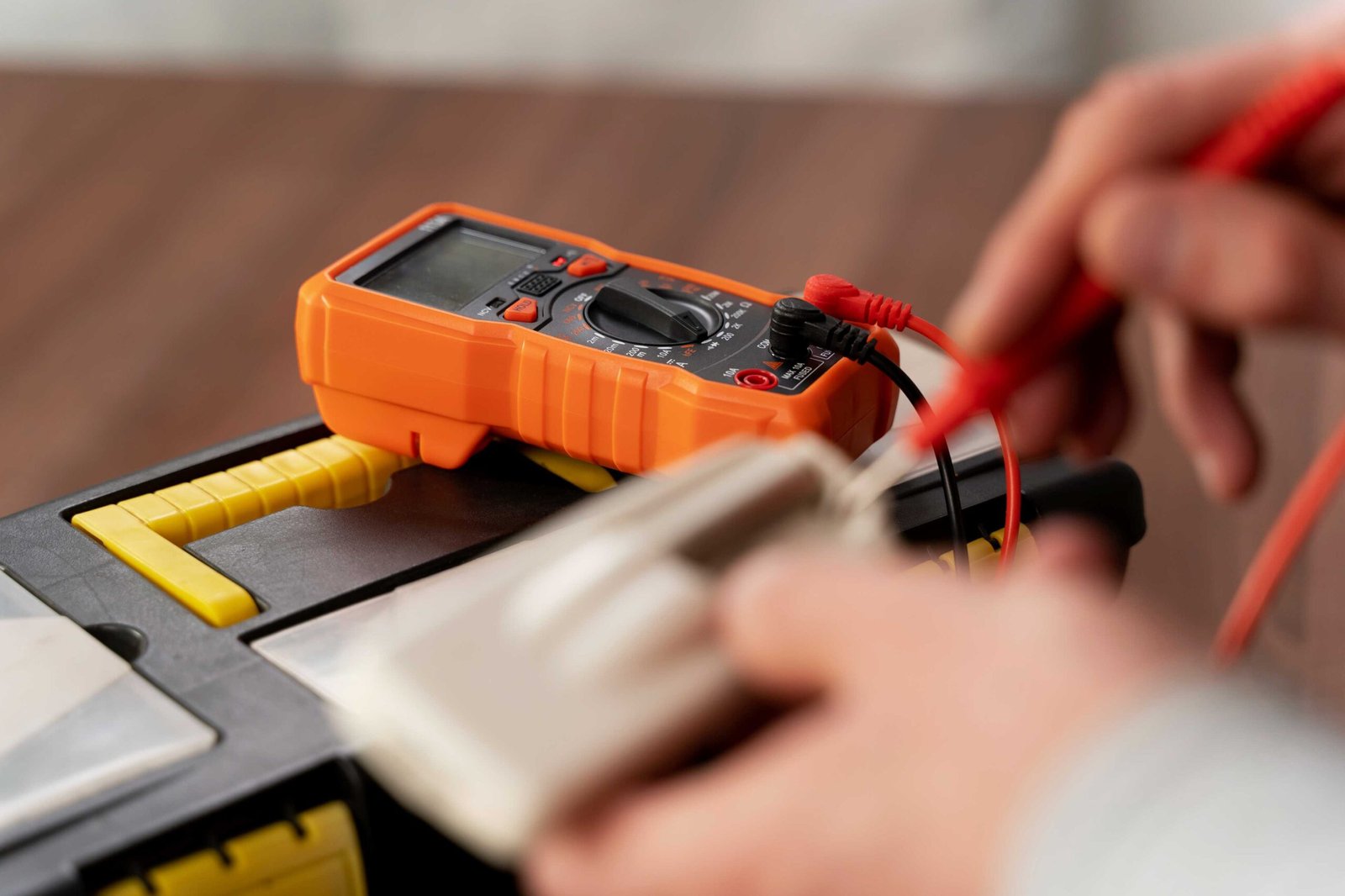Let’s be honest, most of us do not think about electricity twice. You walk into your kitchen, turn on the switch, and the light comes on. Easy. But behind that little click, an entire network of wires and circuits is quietly doing its job. Scary part? If those systems are not examined from time to time, a small mistake can snowball into a serious threat. This is where the electrical testing and inspection in Essex exceeds only one formality – this is a safety net.
I met the owners of the households who called only one electrician when anything went wrong – a blown fuse, a spark, or worse, that surefire burning smell. Till then, it is often more expensive (and stressful) to fix it. Testing, on the other hand, is preventative. It’s like getting your boiler serviced before winter hits—it saves you from those late-night panics when the heating suddenly dies.
Why Bother With Testing Anyway?
Well, let me paint a picture. A family in an older property plugs in a new tumble dryer. The socket looks fine, the dryer hums along, but behind the wall, the wiring’s worn out. It overheats. Within minutes, that “fine-looking” socket becomes a fire risk. Now, if an electrician had tested the circuits beforehand, they’d have spotted the problem straight away.
That’s the heart of it: electrical testing isn’t about ticking boxes or paperwork. It’s about peace of mind. In a home, it means you’re not lying awake wondering if that flickering light is harmless or not. In a workplace, it’s about keeping staff safe and avoiding downtime that costs real money.
What Actually Happens During a Test?
If you’ve never seen one, you might picture an electrician just wandering around flipping switches. Not quite. They’ve got specialist kit that checks things you can’t see with the naked eye:
- Is the wiring sound, or is it starting to crumble?
- Are the safety switches (RCDs) ready to trip if something goes wrong?
- Is everything earthed properly, or could a fault send a dangerous current through metal surfaces?
They’ll also do a visual sweep—are sockets cracked, are there scorch marks, are cables overloaded? It’s a bit like a health MOT for your building. At the end, you don’t just get a nod of approval—you get a written report. That’s your proof that things are safe, and if they’re not, you’ll know exactly what needs fixing.
How Often Should You Do It?
This part catches people out. One-off testing doesn’t cut it. Electrical systems age just like everything else. In general:
- Homes: every 10 years (5 if you’re renting).
- Commercial buildings: about every 5 years.
- High-risk places (think swimming pools, hospitals, industrial kitchens): sometimes every year.
I always compare it to visiting the dentist. You might not enjoy the check-up, but ignoring it usually costs more later.
When Businesses Can’t Afford to Slip Up
For businesses, the stakes are higher. Imagine an office tower where the servers trip because of dodgy wiring. Or a busy restaurant suddenly losing its ovens mid-service. Ugh, customers don’t exactly wait around while you hunt for a spare fuse.
This is where commercial electrical contractors in London step in. They’re not just testers—they’re problem-solvers. They handle the behind-the-scenes upgrades that keep businesses running smoothly. Old wiring? Replaced. Need more power for new tech? System redesigned. They’ll also make sure you’re up to scratch with the legal side, because let’s face it, the last thing a business wants is fines or liability hanging over them.
I know one café owner who thought “testing” was just an unnecessary cost. Their inspection revealed an overloaded circuit in the kitchen—basically, their coffee machine and ovens were pulling more power than the wiring could handle. A week later, after upgrades, they not only avoided a potential fire but also noticed fewer power trips. They admitted, sheepishly, “Okay, worth every penny.”
The Legal Bit (Yeah, It’s Important)
It’s not just common sense—it’s the law. The Electricity at Work Regulations 1989 lay it out for businesses: keep electrical systems safe, or face consequences. Landlords have their own rules too, with the 2020 regulations requiring electrical safety checks in rented properties.
And here’s the thing: if something goes wrong and you haven’t done your checks, insurers might not even cover the damage. That’s a costly gamble. Testing certificates aren’t just paper—they’re proof you did your duty of care.
The Usual Suspects: What Inspections Find
After years of inspections, electricians see the same issues crop up again and again:
- Outdated wiring (especially in older houses).
- Overloaded extensions (we’ve all seen those spaghetti-style plug towers).
- Missing RCD protection.
- Loose or cracked sockets.
- Dodgy DIY fixes—yes, someone really did once use tape to “repair” a frayed cable.
The upside? Most of these problems aren’t hard to sort out, as long as they’re caught early.
Safety with a Side of Savings
Here’s a bonus not many people realise: testing can actually save money. Outdated systems waste energy. Furious wiring expensive kits- can damage the computer, fridge, and machinery. By catching issues, you often cut energy bills and avoid expensive downtime. With today’s energy prices, every bit of efficiency counts.
Wrapping It Up
Electricity is fantastic – we cannot function without it – but it demands respect. Regular electrical testing and inspection in Essex (or wherever you are) is the simplest way to keep that invisible lifeline safe and reliable.
For the owners of the house, it means peace of mind. For landlords, it is about fulfilling obligations without a last-minute scuffle. For businesses, this is the difference between smooth sailing and a power-cut grief.
So, next time you flick that switch and the room is filled with light, just remember – Hohind is a glow that requires care. And the test keeps everyone safely ticking. Better than sorry, isn’t it?


